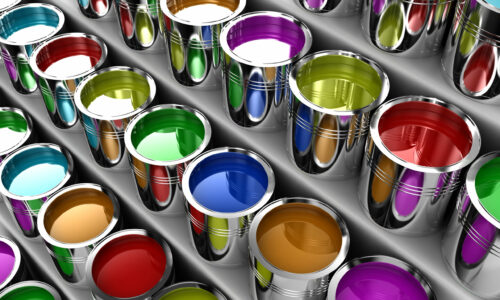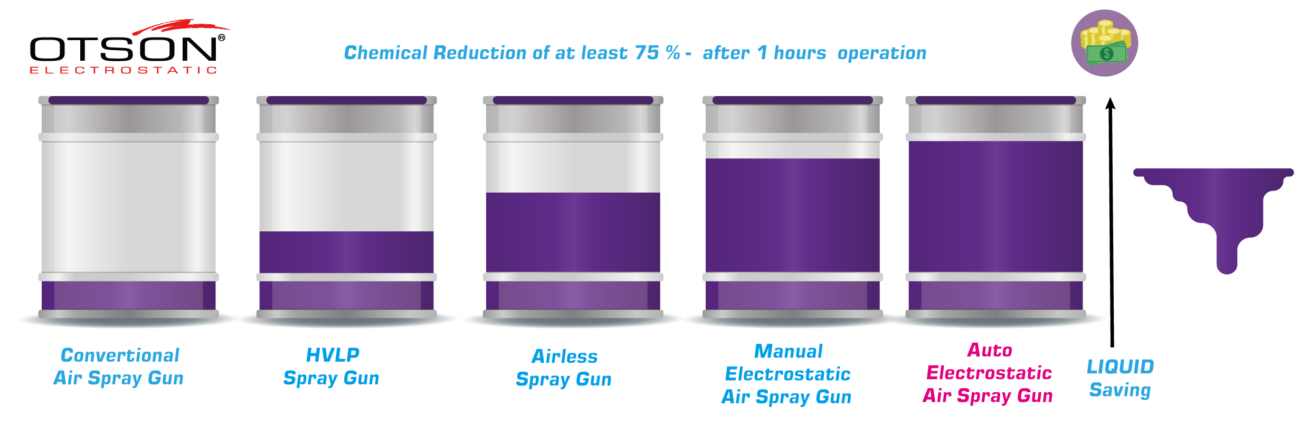Ans.
The drying time for liquid paints (waterborne and solvent-borne) can vary depending on several factors such as the type of paint, the thickness of the coating, the temperature, and the humidity.
Waterborne paints typically dry faster than solvent-borne paints. They can dry to the touch within minutes and be recoated within an hour. However, it is recommended to allow 24 hours before allowing normal use.
Solvent-borne paints, on the other hand, can take longer to dry. They typically dry to the touch within a few hours, but can take up to 24 hours to fully cure and harden. It is recommended to allow at least 24 hours before allowing normal use.
It’s important to note that these are general guidelines and the actual drying time may vary depending on the specific paint, the application method, and the environmental conditions. It is always recommended to consult the manufacturer’s instructions for more detailed information on the drying time for a specific paint
In addition to the drying time, using a curing oven can also accelerate the drying and hardening process of liquid paints, both waterborne and solvent-borne. A curing oven uses heat to dry and cure the paint, which can significantly reduce the overall curing time. The curing temperature and time will depend on the type of paint and coating being used, as well as the desired level of cure. For example, a liquid coating such as a polyurethane coating will typically require a higher curing temperature and longer curing time than an epoxy coating.
It’s important to note that not all paints and coatings can be cured in an oven, and some may require specific curing conditions such as humidity or UV light. It is always recommended to consult the manufacturer’s instructions for more detailed information on the curing requirements for a specific paint or coating.
When using a curing oven, it’s important to pay attention to the temperature and time settings to ensure that the paint or coating is cured properly. The curing temperature can range from around 150F to 400F, depending on the type of paint or coating being used. The curing time can also vary, with some paints or coatings requiring only a few minutes while others may require several hours.
It’s also important to monitor the curing process to ensure that the paint or coating is not overheated, as this can cause discoloration, bubbling, or other defects in the final coating. It’s also important to make sure that the oven is properly ventilated to remove any solvents or fumes that may be emitted during the curing process.
Additionally, for some paints or coatings, it’s important to also consider the environment where the curing oven is located, because high-temperature and humidity can cause issues such as cracking, sagging, and wrinkling.
In summary, it’s important to follow the manufacturer’s instructions for the specific paint or coating being used to ensure that it is cured properly and to avoid any issues with the final coating. OTSON team is available to assist customers in determining the appropriate curing process for their specific coating needs.

















































